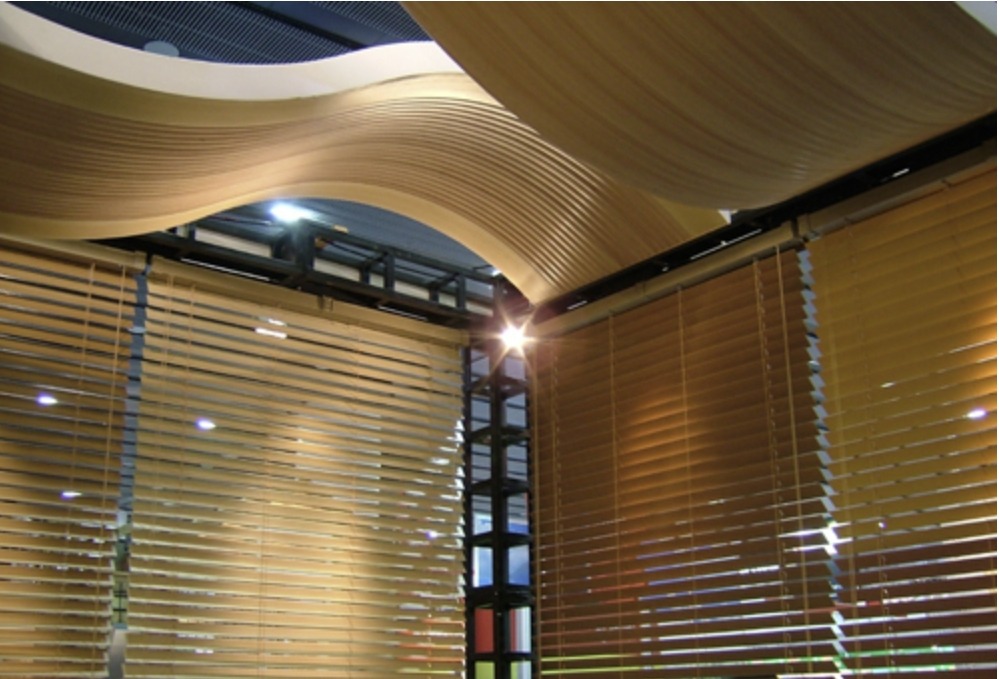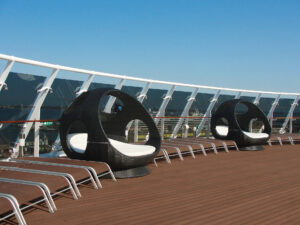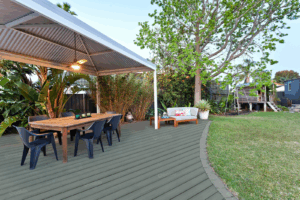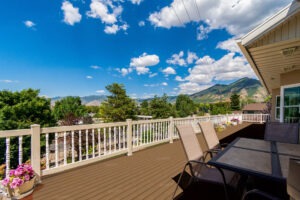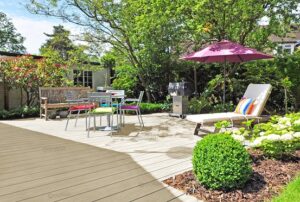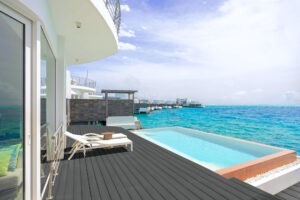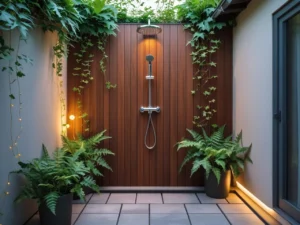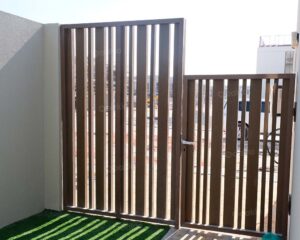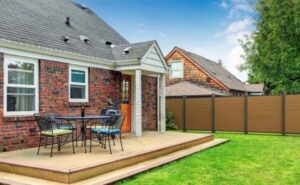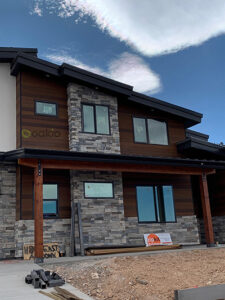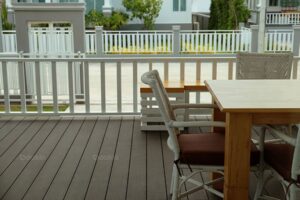Upgrade Your Windows with Composite Blinds: A Sustainable and Durable Choice
Traditional materials used in the production of blinds mainly include solid wood, bamboo, aluminum alloy, and PVC. Solid wood blinds originated in Europe and are characterized by their rustic and traditional appearance. With the continuous improvement of modern processing technology, they have become more fashionable. However, the selection of wood is particularly important, with materials such as spruce and lime wood being preferred for their resistance to deformation. Bamboo blinds have expanded the range of bamboo materials used, saving raw materials and reducing waste, but the manufacturing process is relatively complex. Aluminum alloy blinds are made from high-quality aluminum alloy materials, featuring smooth surfaces, excellent tactile sensations, a wide range of colors, and good resilience and toughness. They do not fade even with prolonged exposure to sunlight, although they are relatively expensive. PVC blinds are produced using a PVC blind blade extruder. They are durable but prone to aging. All these materials can be used for blinds, but each has its own drawbacks.
In recent years, the use of wood-plastic composites (WPC) in applications such as blind panels, blinds, and vertical blinds has become a trendy choice for home and office decoration. Compared to traditional materials, WPC has significantly enhanced functionality and usability, representing a modern update in the application of new materials for traditional decorative design. WPC shading products feature an extremely low thermal conductivity coefficient, effectively blocking solar radiation to provide insulation and heat insulation. This helps reduce building energy consumption and indoor temperatures, lowering electricity bills and conserving energy.
Why Choose Composite Blinds?
Composite blinds are made from a blend of high-quality materials, including recycled wood fibers and durable plastics. This unique composition gives them a natural wood-like appearance while offering superior performance. Unlike traditional blinds, composite blinds are highly resistant to moisture, UV damage, and weathering, making them perfect for both indoor and outdoor use. Plus, they’re super easy to clean and maintain, so you can spend less time worrying about upkeep and more time enjoying your space.
Advantages of Composite Blinds:
- Durability: Resistant to warping, cracking, and fading.
- Moisture Resistance: Ideal for high-humidity areas like bathrooms and kitchens.
- Low Maintenance: Easy to clean and maintain.
- Aesthetic Appeal: Mimics the look of real wood with a variety of finishes.
- Cost-Effective: More affordable than real wood blinds.
- Eco-Friendly: Often made from recycled materials.
- Versatility: Suitable for both indoor and outdoor use.
Sustainability Meets Style
One of the best things about composite blinds is their eco-friendly nature. Oakio, a leading manufacturer of wood-plastic composite (WPC) products, is dedicated to creating sustainable solutions that reduce waste and promote environmental responsibility. Their innovative Proshield technology features a protective outer layer that enhances resistance to UV rays, moisture, and wear. This means your blinds will look beautiful for years, even in harsh weather conditions. Plus, with a wide range of colors and textures available, you can customize your blinds to match any decor style.
Easy Installation and Low Maintenance
Installing composite blinds is a breeze. With simple DIY-friendly designs, you can have your new blinds up in no time. And because they’re so low maintenance, you won’t have to worry about constant cleaning or repairs. Just a quick wipe with a damp cloth is usually all it takes to keep them looking their best.
Ready to Make the Switch?
If you’re ready to upgrade your windows with sustainable, durable, and stylish composite blinds, Oakio is the brand to trust. Check out their full range of products on www.oakio.com to find the perfect blinds for your home.
Trending Reading
What Are the Differences Between the WPC Board and PVC Board?
[2025 Update] How Long Does WPC Decking Last?
